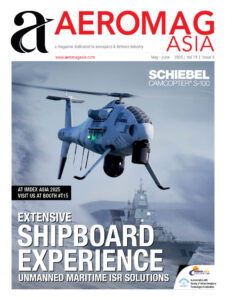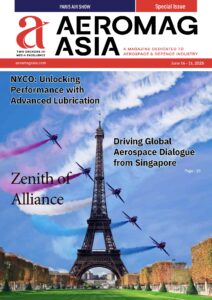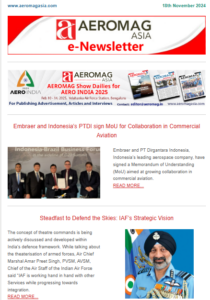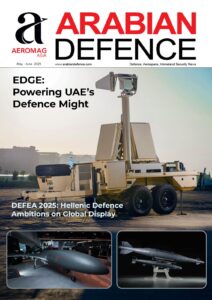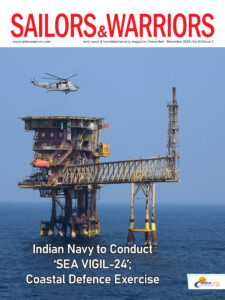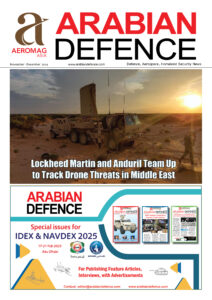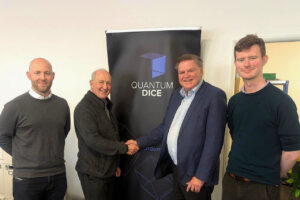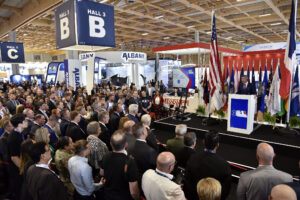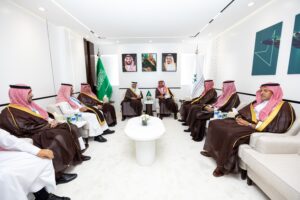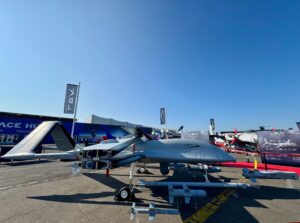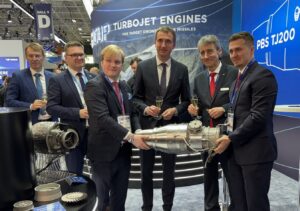
Visiona, the joint venture between Embraer and Telebras, has unveiled the first images captured by VCUB1, Brazil’s first high-performance satellite developed by the national industry, successfully concluding its operational evaluation.
“Satellites play a key role all over the world and in Brazil. VCUB1 can be used for issues that are central to the country, such as environmental protection, responding to natural disasters, fighting wildfires or even developing agriculture,” says João Paulo Rodrigues Campos, Visiona’s CEO. “In addition to generating new business opportunities, expanding Brazil’s space infrastructure and creating jobs.”
Weighing just 12 kg, VCUB1 is equipped with a high-resolution camera and an advanced communications system. Notably, it is the first satellite with onboard software entirely developed in Brazil, granting complete autonomy over the project. The successful mission highlights Visiona’s capability to create solutions that address significant challenges within the Brazilian Space Program.
Following its launch in 2023, the satellite’s first year focused on developing and refining its systems, culminating in the calibration of its sophisticated camera to capture and release the initial images.
VCUB1 was initially designed to validate navigation and control systems developed by Visiona, marking a significant achievement for the country’s technological advancement. “Mastering the embedded software is what gives us the freedom to integrate or replace any component, giving us total freedom in the project. We have joined a select group of companies in the world capable of fully designing satellites,” states Himilcon Carvalho, Visiona’s CTO. “The images, in turn, confirm the performance of the systems developed, which should now equip the company’s next projects.”
The project was led by Visiona with contributions from various Brazilian companies and science and technology institutes, including OPTO Space & Defence, responsible for designing and building the camera, as well as AMS Kepler, Metalcard, Orbital Engenharia, and Embrapii’s ISI Embarcados SENAI-SC unit. The initiative also benefited from the expertise of the Air Force’s Aeronautics and Space Institute, INPE, the Brazilian Space Agency, Embrapa, CPRM, CEMADEN, UFSC, ITA, the Government of Santa Catarina, CENSIPAM, IICA, São José dos Campos City Hall, Naturantins, Transpetro, and IBAMA.

